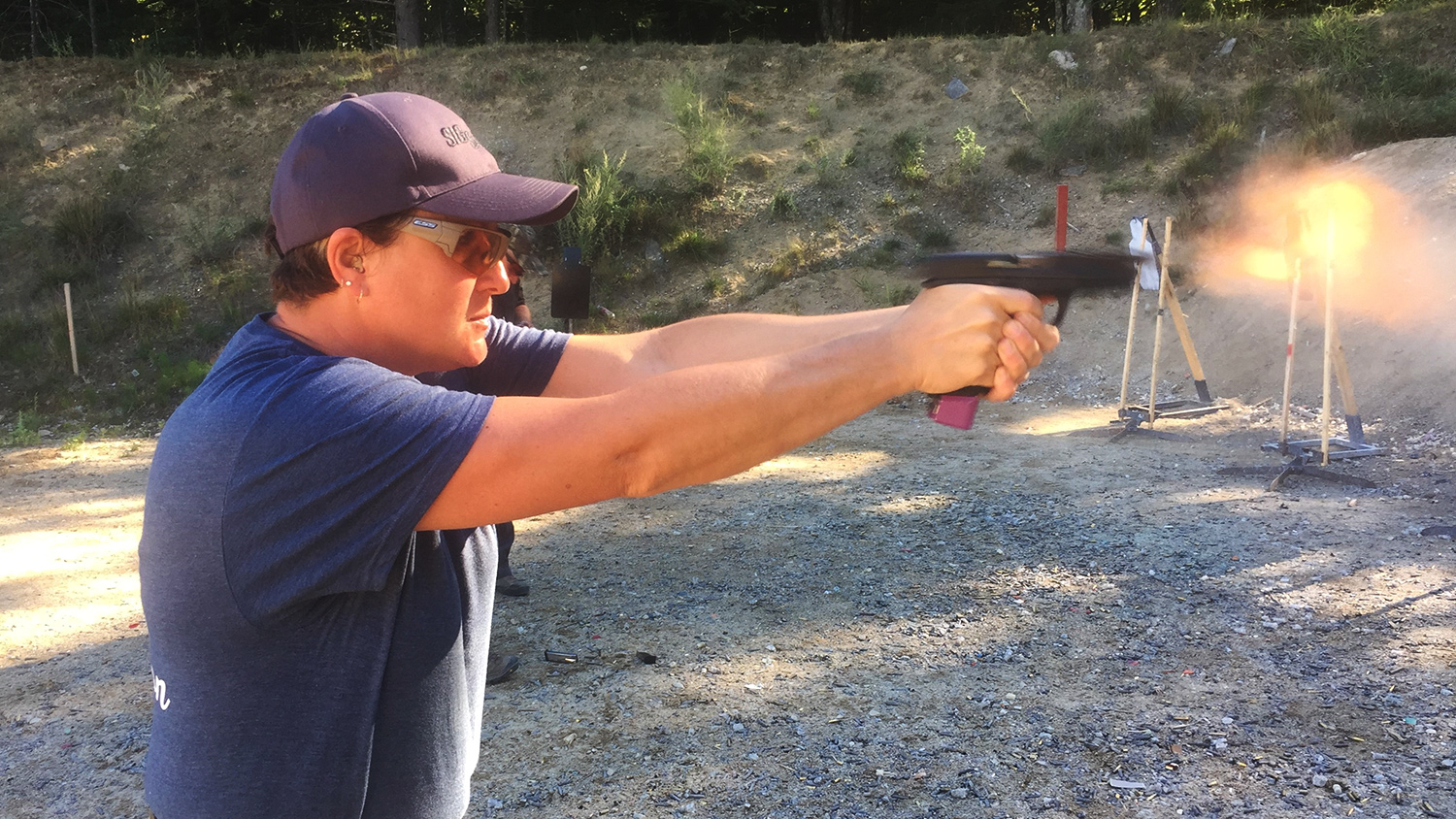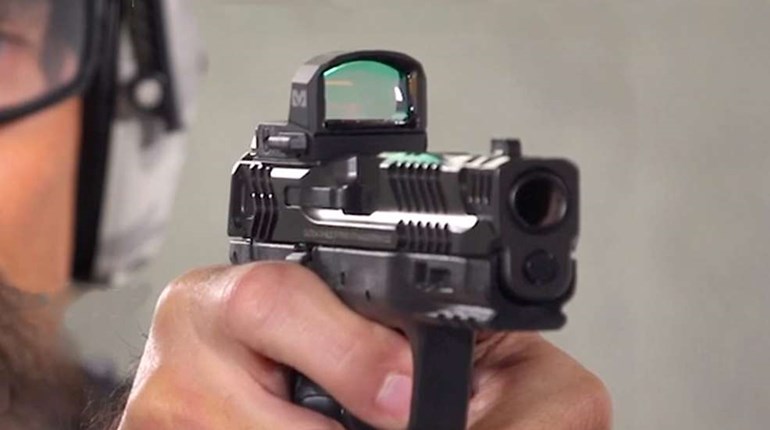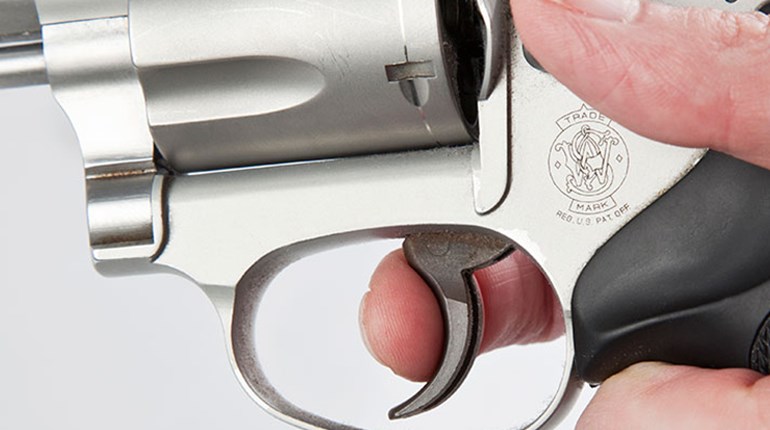
Shooting can be as similar to driving a car or riding a bicycle. The problem is that most of us were never really taught how to do it well. What we got was the shooting equivalent of how to drive our car on one road, in one direction, to one location with someone looking over our shoulder the entire time to be sure were we got there safely.
As a new police recruit, my range training was given by a group of instructors who told us what we should do to succeed. They never showed us how to succeed nor did they demonstrate for us what success looked like. Without firing a round, they barked orders about dressing the line and handling our pistols safely. We were safe and qualified (for the most part) simply by saturation of the air with lead.
During the past 25 years, I learned how to teach people to shoot. More than a qualification session—it’s a learning session. Performance is taught best through higher understanding. I don’t give them a fish, instead I teach them how to fish.
Why do some people continue to poo poo the sights? There is no other way to deliver accurate fire than to use the sights and it can be done fast—just ask any Bianchi Cup shooter in production, metallic—or any of the divisions for that matter. Once you’ve learned what your gun is capable of you can quit blaming the gun and start working on your own skills.
Grip

Recoil management starts at the grip. Forget about what your feet are doing and learn how to hold the gun correctly. Anything other than a modern high thumbs forward grip goes outside modern pistol craft. Recoil management starts at the grip and ends somewhere between the elbows and shoulders. Know this to be true and change your grip today.
Sight Alignment and Sight Picture
The sights are the mission. If you can make the sight picture the mission, your body will comply. Your focus and intent should be to keep the sights on the target while you are shooting. I say “make the sights the mission and the body will comply.” If your focus wanes and you look to the target to see how you’re doing, or if you change your focus to the trigger, you’ve lost the battle because the mission has changed. Make the sights the mission and you’ll learn what it’s like to be able to hit anything you aim at.
I lump sight alignment and sight picture together because without one, the other is useless. Properly aligned sights placed on the target make a “sight picture.” Your mission is to maintain that picture while firing. You must make the sights the mission so the body will drive the sights.

When you drive a car you don’t have to tell your foot what do when you see a red light or a green light. The foot either goes to gas or goes to brake. There is no conscious thought, just a visual recognition that creates a stimulus.
Trigger Management
Having covered sights, it’s important to know that the sights and sight picture should be a stimulus for a conditioned response to the trigger finger. The trigger finger is like your foot when driving. Don’t change your focus from the sights to the trigger ever! If you are trying to put the sight picture together, and then you change your focus to, “Okay there it is, now I’ll start the trigger,” you have changed your mission. Your focus and the sights will drift as your focus shifts. Trigger and finger need to become one. Follow through can’t be properly performed if you jump out of the trigger guard the instant the gun goes off. Trigger management is the most important fundamental. Ironically, people seem to spend the least amount of time working on it.
Key mantras (self-talk) to keep in mind as you practice shooting:
The sights are the mission
You need to make your focus the sights. Not just the front sight but the front sight through the window of the rear sight.
When the sights are the mission, the body will comply
Once you know what your sight picture is don’t change the focus. Your eyes and your mental focus are on the picture. If you change your mental focus to the trigger, your visual focus will wander. Shoot that picture.
It doesn’t hurt when I shoot
Learn to manage the gun through proper muscular and skeletal alignment. If it does hurt when you shoot you need to see a doctor and have him recommend something to relieve the pain.
It is a little scary but I’m over it
It’s an unnatural act to trigger a controlled explosion in your hands in front of your face. However, after you have fired some rounds and are still flinching you have to ask yourself ‘What am I scared of?”
Once you learn what fundamentals are the most important and how to best perform them, you begin to understand what it takes to hit and why you miss. Shooting will become like driving a car. You’ll just do it without much conscious thought. When a tough course of fire comes up, you’ll treat it like driving though a new and complex city. You‘ll have to find your way but you won’t worry about making turns or applying the brakes. That happens subconsciously.



































